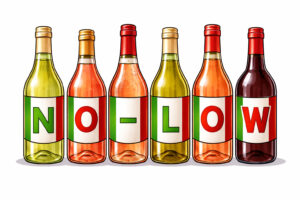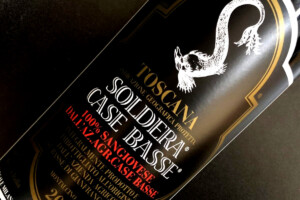The Chinese alcoholic beverage market is the biggest in the world for volume and the third biggest for value, with a worth of about 270 million dollars per year. But, within this panorama, wine hasn’t been able to break through. Bacchus’s nectar is, for now, a product that is solely destined for the elite.
Though Chinese are, in fact, great alcohol consumers, the preferred drink is beer (most common choice being the national brand Tsingtao, which some Chinese restaurants in Italy even give out for free when customers spend over a certain limit) and imported hard liquors. Gianni Zonin, who has aimed towards commercialization rather than production noted, “There are many Chinese and their numbers are daunting. But the dream is not to convert to wine consumption, which is foreign to their food culture (and which beer, rather, is part of). We are on the Chinese market with a distribution company that we created in Shanghai with the Spanish group Torres and with Philippine de Rothschild. For now this is enough”.
As for the numbers, of the 17 million euros worth of food products imported from Italy to China, only 4.6 million are from wine. Hardly anything if compared to the Chinese population, which counts over 1,300,000,000 inhabitants, making it the largest country in the world. Italian wine’s expansionism has stopped for now. According to Giacinto Giacomini, president of Cavit (the second largest Italian group in the wine sector), “There wasn’t and isn’t an adequate distribution network. Structures for production and sales are lacking, as well as the socio-economic and cultural conditions that are favorable to wine”. And to think that with the entrance of the People’s Republic of China into the WTO taxes on imports have decreased by 40%. But if these favorable conditions have not helped Italian wine production and importation, there are those who are truly profiting. Pernod Ricard has taken the “Dragon” by the horns and is now the leader in the whisky market with its Chivas Regal (65%), and is already preparing the launch of its other brand, Ballantine’s. As for Cognacs, the Remy Cointreau group dominates with its Remy Martin. And according to analyses by Exane-BNP, the group will earn 30% of its total operations from China.
But there are those who think otherwise... Investment funds are betting on wine ...
There are those, however, who have managed to exploit the wine business in China, and very well according to results. For example, Chen Shide of the Guangfa Fund Management has invested in small caps that operate in the wine sector in China and one of their investment funds, the Guangfa Small Cap Growth Equity Fund, has earned 101% in the past year. The investment strategy is to diversify investments and to verify companies to invest in, above all by certifying the health and the transparency of the corporate governances.
“Small Cap funds are risky because the companies are low capitalization and exposed to price volatility, and to understand them well means lowering possible risks to a minimum”. But this appears to be happening and working. Shanxi Xinghuacun Fen Wine Factory and Yantai Changyu Pioneer Wine, two companies acquired by Shide, have both doubled in value. A simple and brilliant idea, also considering the fact that, according to data from the China Wine Online site, the Chinese wine sector is growing by 10% per year.
Copyright © 2000/2026
Contatti: info@winenews.it
Seguici anche su Twitter: @WineNewsIt
Seguici anche su Facebook: @winenewsit
Questo articolo è tratto dall'archivio di WineNews - Tutti i diritti riservati - Copyright © 2000/2026








































































































































































































